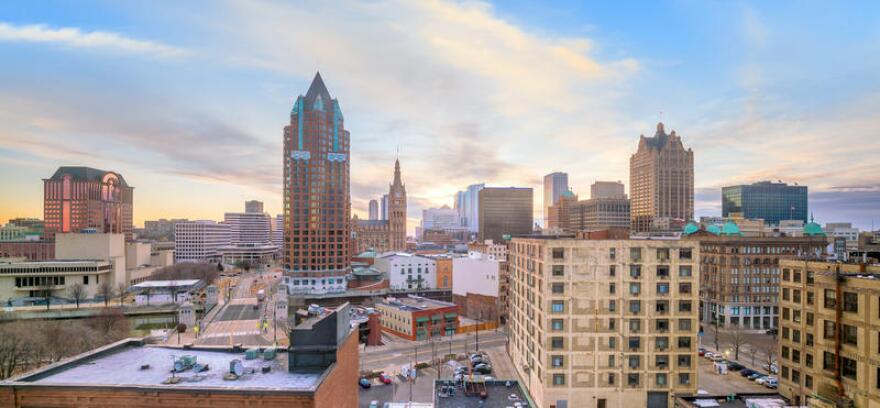Cities like Milwaukee have been forced to change much of how space is used over the past year. Office cubicles sit empty, restaurants have had to close their doors and more people are working from home than ever.
These changes have forced people and companies to make the best of the situation, and some of these changes might be here to stay when the pandemic ends.
Lingqian Hu is a professor and chair of the urban planning department at the University of Wisconsin-Milwaukee. She expects many workers to continue their telecommute to work each day, but from research she conducted before COVID-19, she believes that there will not be a dramatic decrease in movement of people.
In her research, Hu found that workers who did not have to commute to and from work spent about the same amount of time traveling in a single day.
“They use that time for other types of travel, so they go to visit friends a lot more, they have a lot more social events, they go to do entertainment trips,” she says.
This could mean that when it is safe to gather again, those now working from home could see friends and family more and spend an increased amount of time in their community.
Cities will have to adapt as the need for hundred-story office buildings will be greatly reduced. Hu expects that spaces in cities will need to be more fluid as instead of different workers occupying an office space, now space may need to be able to accommodate a retail space one year and a gym the next.
“Right now we have a large office building, we have a restaurant, we have a separate retail shop. Probably in the future, the use of those spaces can be transformed,” she says. “That really depends on the needs.”
Something Hu doesn’t see sticking around are the plexiglass dividers or other semi-permeate dividers to reduce risk of spreading COVID-19, but that those who do return to office space could see more individualized spaces. With less people going into the office that means there is more space for those there.
Overall, Hu doesn’t expect there to be anything like mass exoduses from cities, but cities like Milwaukee will need to not only be thinking about what they will look like now but into the future.
“We need to think in the long run and we need to think about the long-term trends in terms of public health, in terms of people’s well-being, and especially mental well-being,” she says. “We have to combine all those considerations together so that we can build the cities for the next hundreds of years.”






